Sleep is vital for all people. To make it comfortable and sound, you need to choose the right textiles for your bed. Let's study the two most popular materials for linen: poplin and calico. These are the types of thread weaving. The main fibers can be from any type of material (for example, from cotton with a small addition of artificial impurities). These elements have many similarities and differences. Further in the article, we will analyze what is better: calico or poplin.
Choosing bed linen
Sleeping fabric is a type of textile that comes into direct contact with human skin. In this regard, increased requirements are imposed on the material for bed linen.
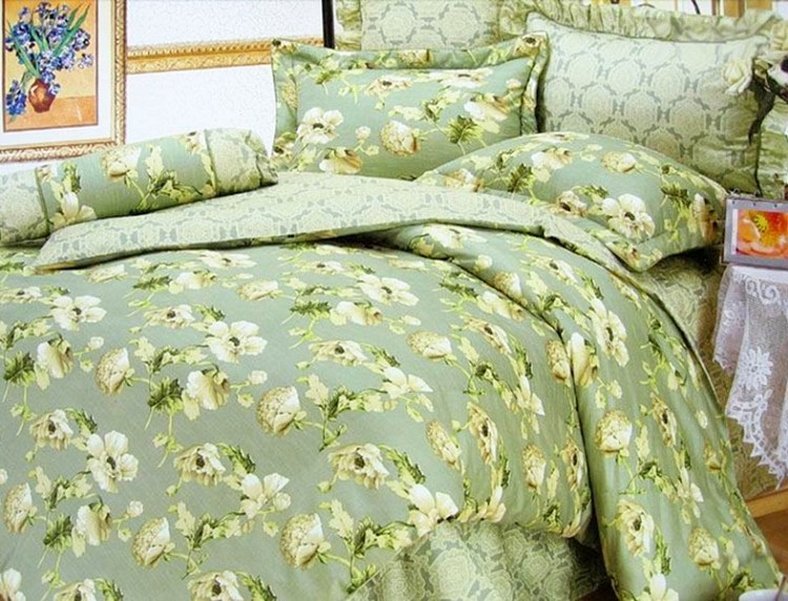
The list of criteria includes the following indicators:
- The fabric must have good air permeability and moisture absorption properties. Most often, cotton fabrics, silk, bamboo, and linen have these properties.
- The material must be highly durable, and the items must be highly wear-resistant. Bed linen must be washed frequently (especially in the summer). If the fabric is loose and too delicate, the item will quickly become unusable.
- The dyes used in the design of the linen are resistant to the effects of high-temperature water and are hypoallergenic.
If the bed for sleeping meets all the above requirements, it will serve its owner for a very long time, delighting him with a bright picture, softness, and cleanliness.
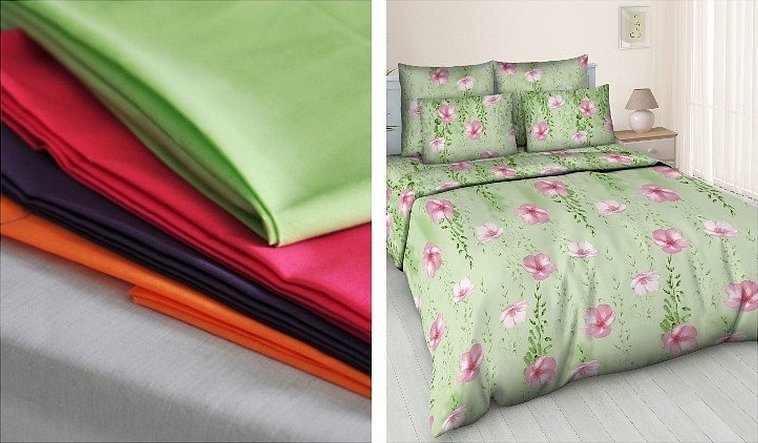
When choosing underwear, you also need to pay attention to seven criteria:
- package;
- label;
- fabric density;
- sewing features;
- smell;
- color;
- dimensions.
The more respectable and expensive the packaging looks, the better the quality of the product inside. Bedding in cardboard packaging will survive transportation without damage, will not get dirty, will not get wet.
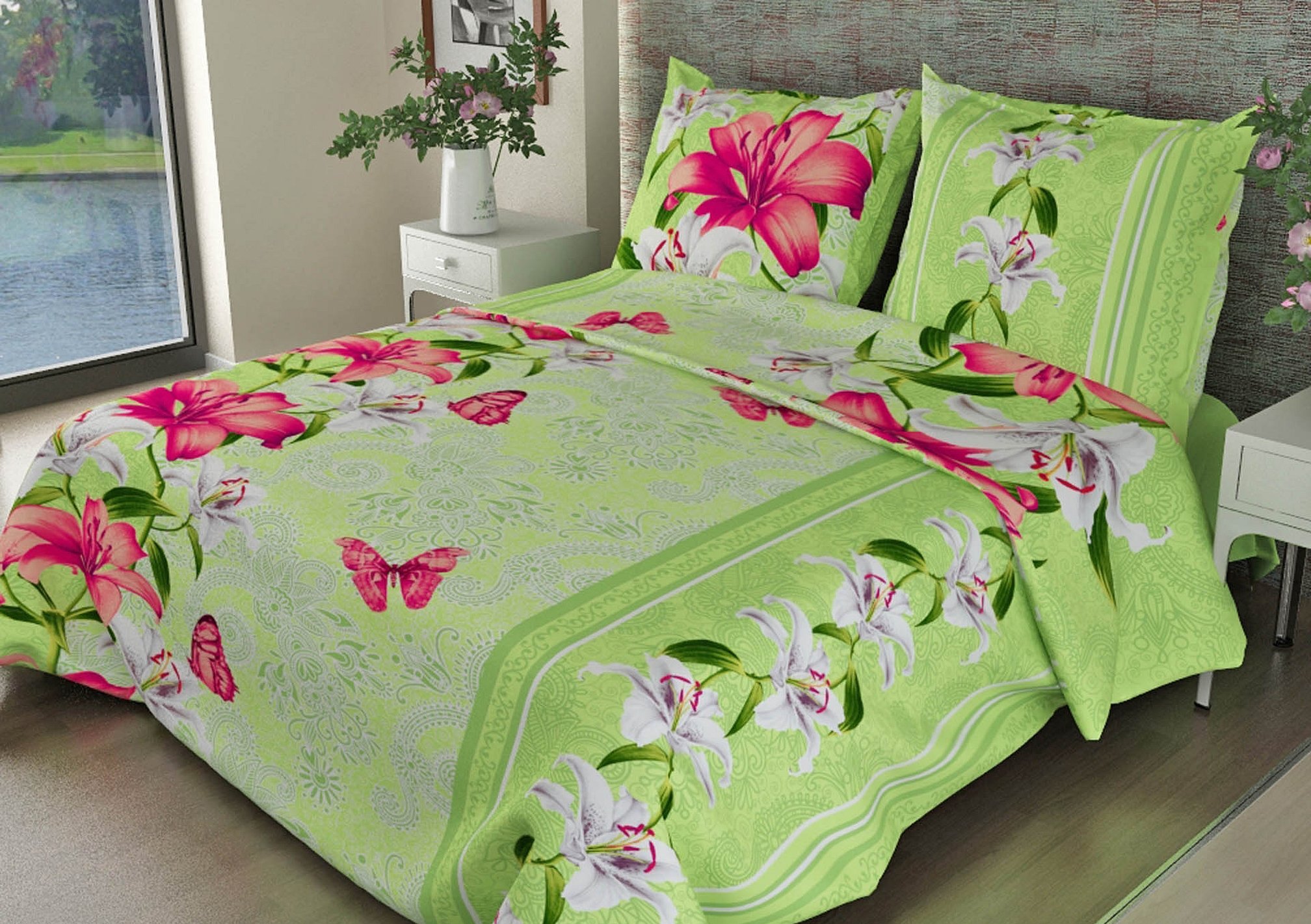
The label on the box must be firmly attached and clearly visible. If there is no contact information or the name of the manufacturer, then the company does not meet general quality standards. The label must indicate this information, as well as care features, complete set, and fabric composition.
Note! The density of the material is the main criterion for a high-quality product. The density ranges from 20 to 280 threads per cm².
High-quality bedding is sewn from whole pieces of fabric, without any extraneous seams. A sheet, pillowcase, or duvet cover from a good set should not be assembled from scraps. If there is a seam in the middle of the item, it means the product does not meet the standards. You should also check the set from the inside, at the joints, and along the edges. Sleepwear is made using a linen seam, which prevents the item from tearing. The threads should match the color of the item.
Good quality linen has a pleasant aroma of a new textile product. Other smells indicate the presence of dyes and harmful elements, or improper transportation.
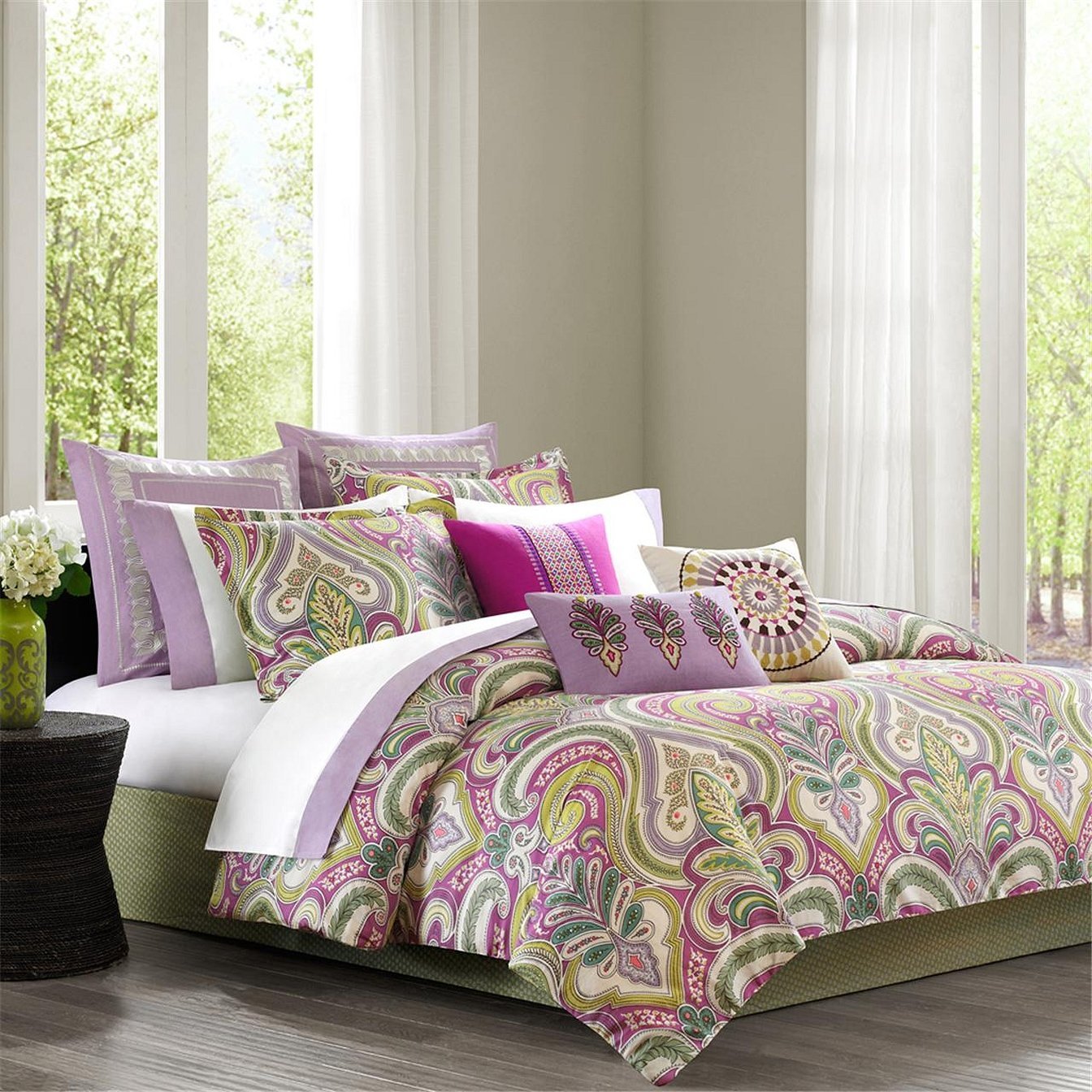
When choosing a color, remember that bright items cannot be washed at temperatures above sixty degrees. The durability of dye types varies. It should be indicated on the label (not less than four).
To check the durability, you can actively rub the fabric from the front side with your palm. If your palm gets dirty, the dye used is of poor quality. In addition, high-quality products have a bright, clear pattern on both sides. If one side is dyed, such things most often begin to fade after the first wash.
Note! When choosing underwear, it is worth carefully studying what size the items need. Russian and foreign manufacturers use different size designations, so before going to the store, you need to measure the items in the set and show the numbers to the seller.
The main differences between the two types of fabrics
When choosing poplin or calico, you should study the differences between these types of fabrics. The criteria for distinguishing are as follows:
- Basic raw materials.
- Thread diameter.
- Fabric density.
The main raw material for calico is cotton, which is why it is often called paper canvas. In contrast, poplin is based on silk. In some cases, a silk base and an additional thread of wool are mixed.

In terms of thread thickness, it should be noted that the threads of calico (warp and weft) are the same thickness. In poplin, the warp thread is slightly thinner than the weft.
In terms of density, calico is somewhat stronger than poplin (from 125 to 145 g/m2 versus 115). Since poplin is made using threads of unequal thickness, the density of the warp threads is twice that of the weft.
Comparison of two materials
The comparison of two types of materials is carried out according to many criteria. Most often, five criteria are considered according to similar parameters:
- Softness.
- Wear resistance.
- Fabric density.
- Easy to care for.
- Price.
Softness
Both types of material are very soft. This is due to the peculiarity of the arrangement of the warp and weft threads.
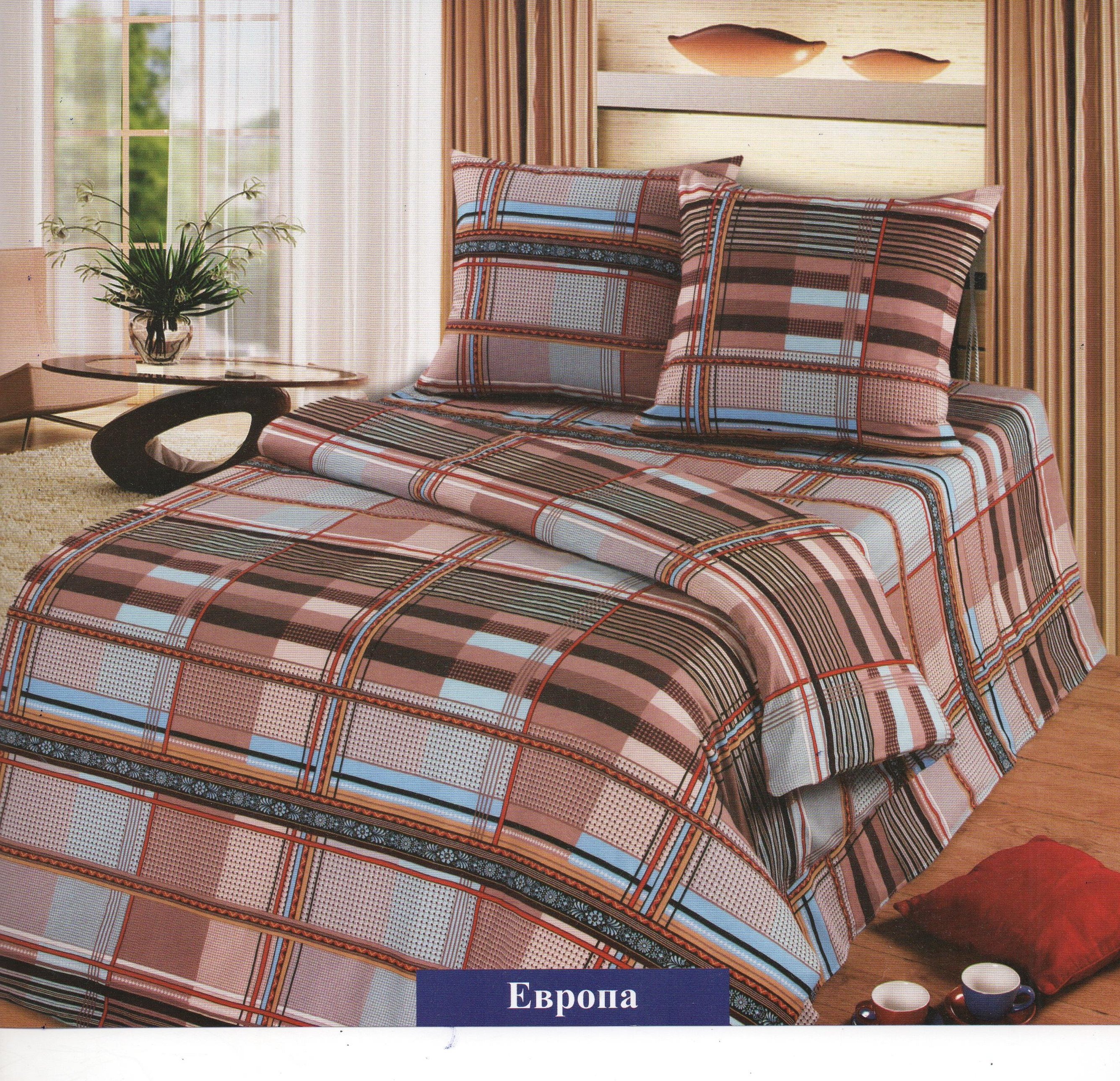
Wear resistance
Calico has a high level of wear resistance. Poplin has very high wear resistance. In addition, the fabric is durable in use.
Fabric density
The density of both types of material is approximately the same. Both types of fabric have excellent moisture absorption properties.
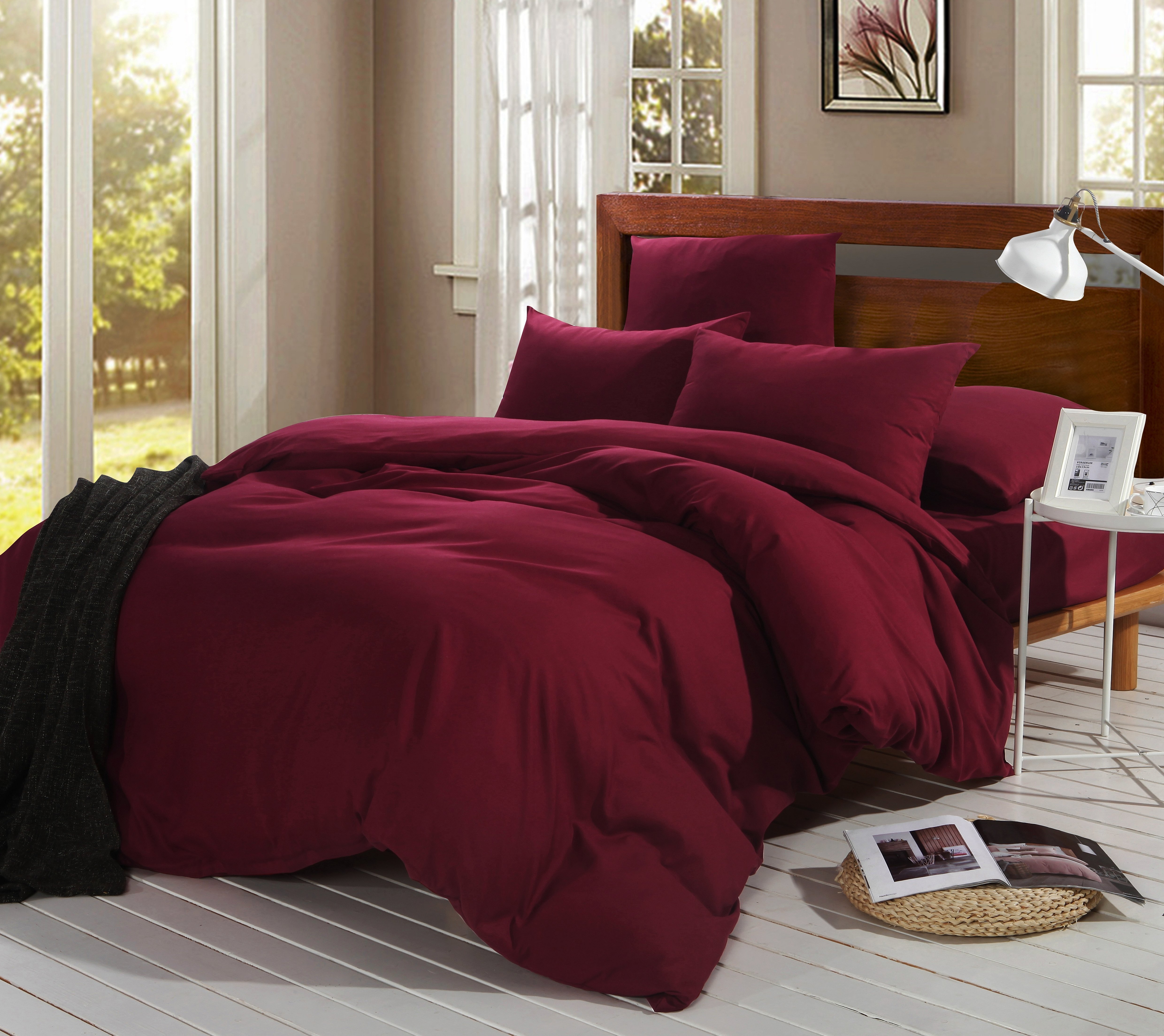
Due to the high density, calico items have a significant weight without causing discomfort when used. Poplin items are dense but lightweight.
Easy to care for
Products made from both of these materials do not require special care. In addition, poplin fabric does not wrinkle.
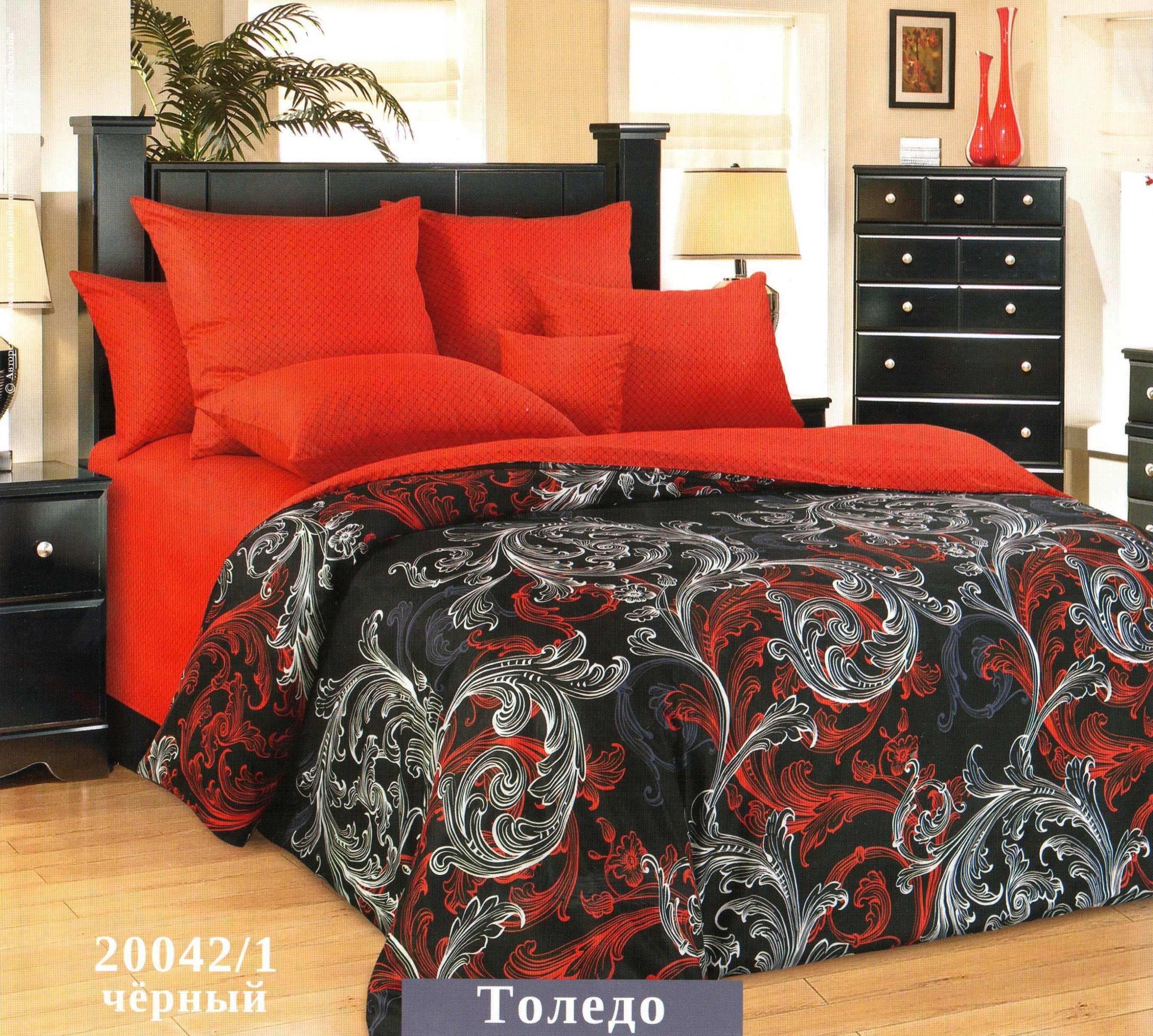
Price
Products made of calico are inexpensive. If high-quality poplin made of natural fibers (for example, wool or silk) is used in sewing bed linen, then the product costs much more (a luxury item).
What should you choose after all?
After comparing the two types of material, it is worth noting the following. Sleep products made from the fabrics in question are very worthy options, with some differences. The underwear is durable and practical.
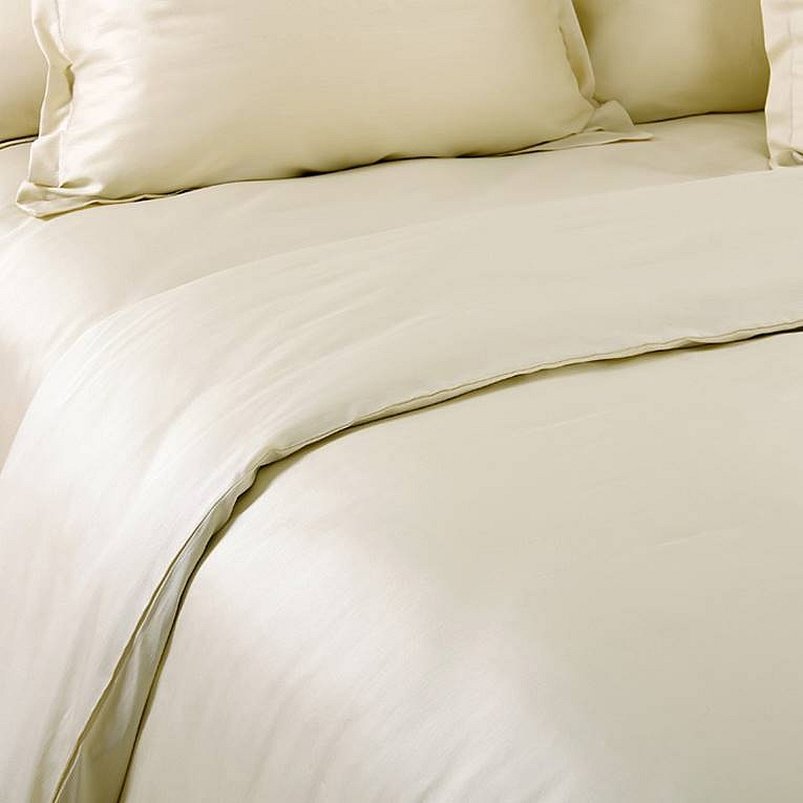
At the same time, poplin items wrinkle less. Calico items shrink less and cost much less. And poplin items are silkier, softer, and fade less.
For children
For children, you can choose products from any type of material. Calico is more convenient to use, as it is more durable. In addition, it is worth choosing products that do not contain staining dyes.
Note! Things for children should be soft to the touch, creating a pleasant sensation when in contact with the child's skin.
Which is stronger: calico or satin?
To find out which material is best for choosing bed linen, you should compare calico with another type of fabric - satin. These two types of products also differ in the peculiarity of the weave of the threads and the type.
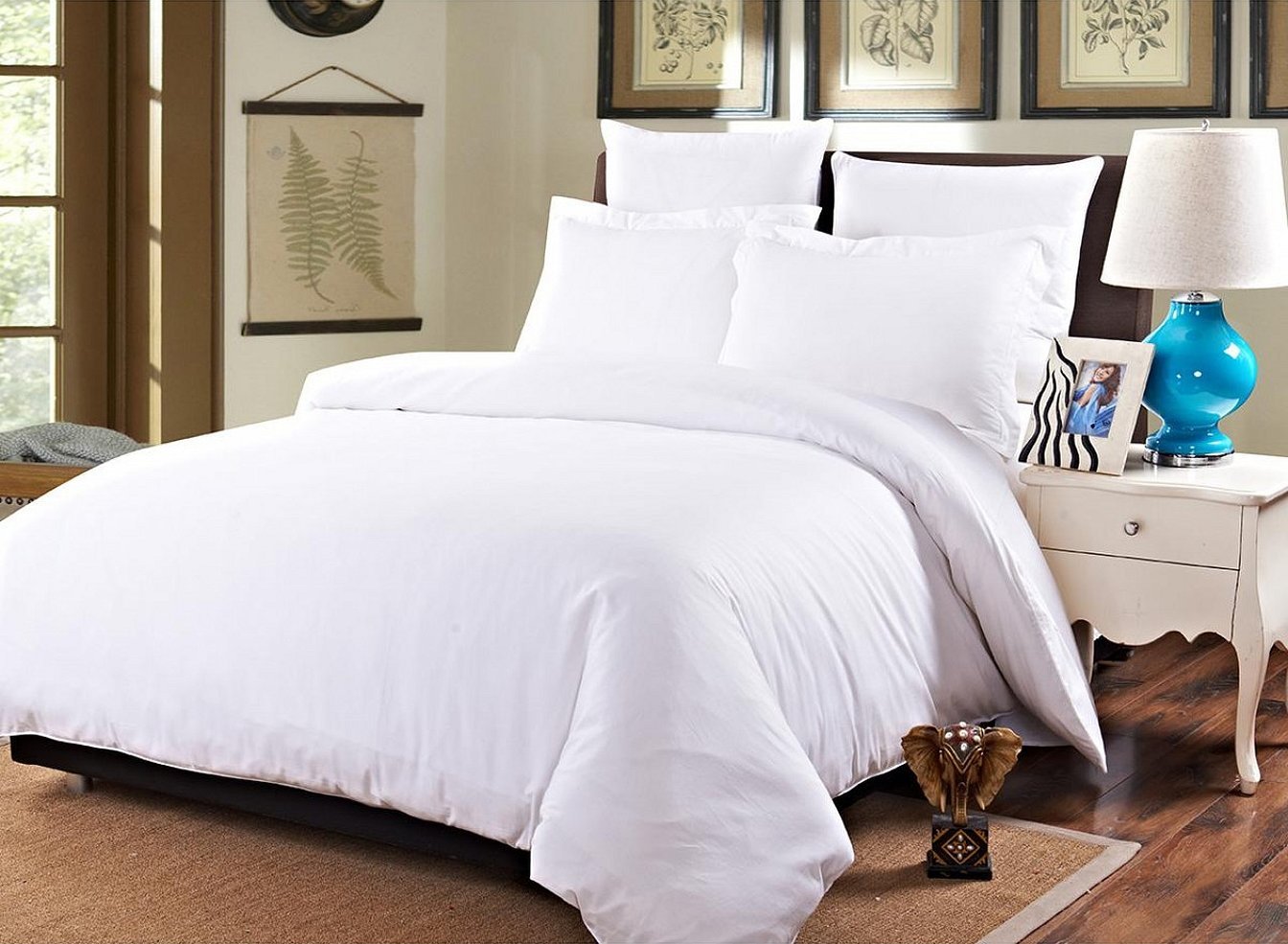
There is no answer to the question of what is stronger, since the materials are the same in thickness. Calico is a matte, smooth material, and satin is glossy. Satin items are beautiful, sliding, smooth, and delicate to the touch. Calico items are simple, reliable, durable, and non-slip.
The next difference is the price. Since calico is less dense and has a shorter service life. Satin is a budget option for replacing silk, but still more expensive than calico.
Note! Both of these types of material are independent fabrics that differ in many parameters. Satin does not require ironing, but due to the delicacy of the surface, such products require increased care.
Summing up the fabrics under consideration, it should be noted that both types are similar in many ways. Poplin products are denser, therefore somewhat more expensive. In terms of durability, wear resistance, softness, and ease of care, both types of material are approximately the same. Therefore, each buyer chooses which type of fabric suits him best.




